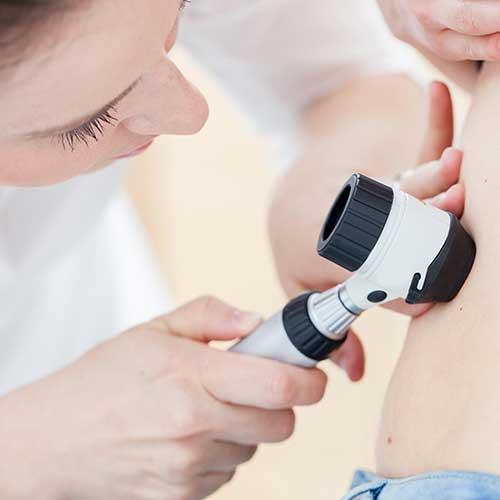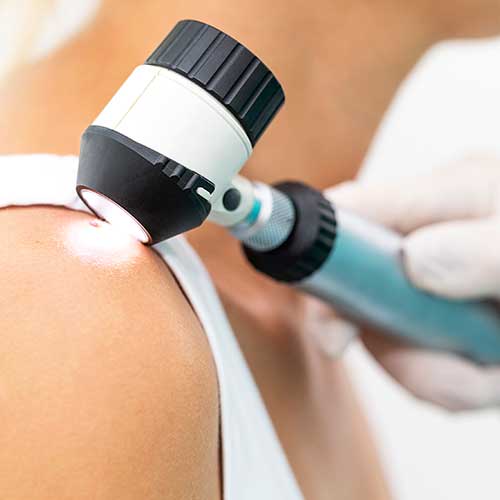July 2024
When you think of skin cancer, you might think of annoying growths that get removed and are never thought of again. That’s understandable.
The American Academy of Dermatology Association estimates that more than three million Americans are diagnosed with nonmelanoma skin cancers each year. And indeed, these types of skin cancers (mostly basal cell and squamous cell carcinomas) almost never cause a problem once removed.
But the AADA estimates that almost 200,000 people in the U.S. will be diagnosed with melanoma every year. And melanoma is a much more serious type of skin cancer — especially when it’s caught after it has spread. When melanoma is still local, the American Cancer Society reports that the five-year survival rate is more than 99%. But that survival rate falls to 74% once the cancer has spread regionally — and only 35% once the cancer has spread further.
In other words, catching melanoma early gives you the best chance of beating it. And the best ways to catch it early are performing a monthly skin self-exam and getting a routine skin check from your dermatologist. (Your primary care provider can give you a referral to a dermatologist if you don’t already have one.)
Knowing your skin cancer ABCDEs can help you catch melanoma early. Here’s what you need to know.
The ABCDEs of checking for potential melanoma
When you do your monthly skin self-exam, you want to look out for growths with one or more of the following qualities:
- A. Asymmetry: One half of the area does not match the other half.
- B. Border: The edges are uneven or ragged.
- C. Color: The color is not the same all over and may have more than one shade or color present.
- D. Diameter: The size is larger than a pencil eraser (6 millimeters).
- E. Evolving: The mole is changing in size, shape, or color.
If you notice any of these qualities in a growth, contact your dermatologist. They can examine any suspicious growths to see if they may be skin cancer. They’ll examine the growth, and if they suspect cancer, they will perform a biopsy to confirm.
It is important to note, though, that not all cases of skin cancer will present one of these five qualities. It is important to tell your dermatologist about any changes or new spots on your skin. You should also tell your dermatologist about any growths that look different than the rest of your moles — as well any growths that are causing pain or discomfort.
How to check your skin
After a bath or shower, stand in front of a full-length mirror in a well-lit room. Use a handheld mirror to look at areas that are hard to see.
- Begin with the face and scalp and work downward. Look at the front and back of your body in the mirror, then raise your arms and check your right and left sides.
- With your elbows bent, look carefully at your forearms, underarms, fingernails, and palms.
- Check the backs of your legs, the tops and bottoms of your feet, your toenails, and between your toes.
- Next, using a hand mirror, look at the back of your neck and scalp. Carefully check your scalp by parting your hair.
- Finally, use a hand mirror and check your back, groin, and buttocks.
By checking your skin regularly, you will know what is normal for you. It is helpful to record the dates of your skin exams and to write notes about the way your skin looks. Some melanomas do not fit the rules described in this article. If you find anything unusual, see a dermatologist right away.



